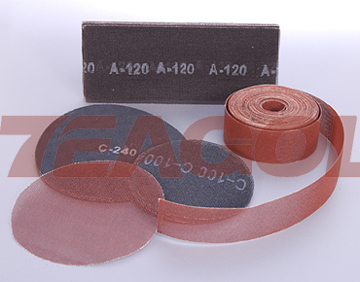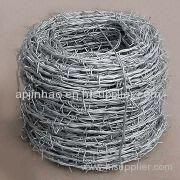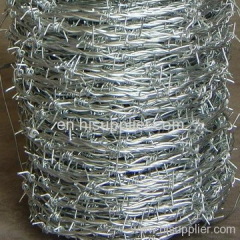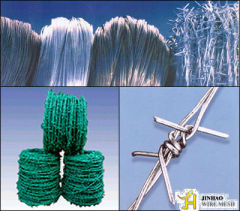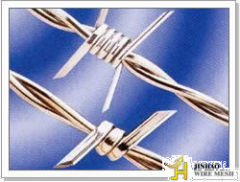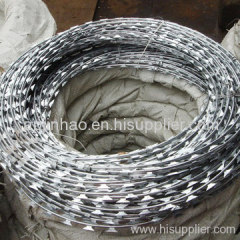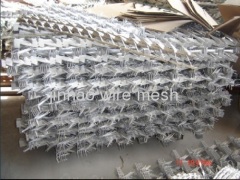
|
ANPING COUNTY JINHAO WIRE MESH CO., LTD.
|
Concertina wire
| Price: | 600.0~1500.0 USD |
| Payment Terms: | T/T,L/C |
| Place of Origin: | Hebei, China (Mainland) |
|
|
|
| Add to My Favorites | |
| HiSupplier Escrow |
Product Detail
Concertina wire
Concertina wire is a type of barbed wire or razor wire that is formed in large coils which can be expanded like a concertina.
Concertina wire
Concertina wire is a type of barbed wire or razor wire that is formed in large coils which can be expanded like a concertina. Each coil actually consists of two oppositely wound helices which support each other against crushing while allowing easy longitudinal movement. In conjunction with plain barbed wire and steel pickets, it is used to form military wire obstacles. During World War I soldiers manufactured concertina wire themselves, using ordinary barbed wire. Today it is factory made.
Concertina wire is a type of barbed wire or razor wire that is formed in large coils which can be expanded like a concertina. Each coil actually consists of two oppositely wound helices which support each other against crushing while allowing easy longitudinal movement. In conjunction with plain barbed wire and steel pickets, it is used to form military wire obstacles. During World War I soldiers manufactured concertina wire themselves, using ordinary barbed wire. Today it is factory made.
Concertina wire packs flat for ease of transport, but can then be deployed as an obstacle much more quickly than ordinary barbed wire.
A platoon of soldiers can deploy a single concertina fence at a rate of about a kilometer per hour. Such an obstacle is not very effective by itself, and concertinas are normally built up into more elaborate patterns as time permits.
Concertina wire is sometimes mistakenly called constantine wire. "Constantine" probably came from a corruption/misunderstanding of "Concertina" and led to confusion with the Roman Emperor Constantine. This in turn has led to some people trying to differentiate between concertina wire and "constantine" wire by incorrectly assigning the latter term to what is commonly known as razor wire. In contrast to the double-helical construction of concertina wire, as shown being deployed by soldiers in the image, razor wire, or less correctly "constantine wire", consists of a single coil of wire with projecting teeth periodically along its length.
Didn't find what you're looking for?
Post Buying Lead or contact
HiSupplier Customer Service Center
for help!
Related Search
Concertina Wire Mesh
Concertina Barbed Wire
Galvanized Concertina Razor Wire
Galvanized Concertina Wire
Concertina Razor Wire Mesh
Razor Wire Concertina
More>>






